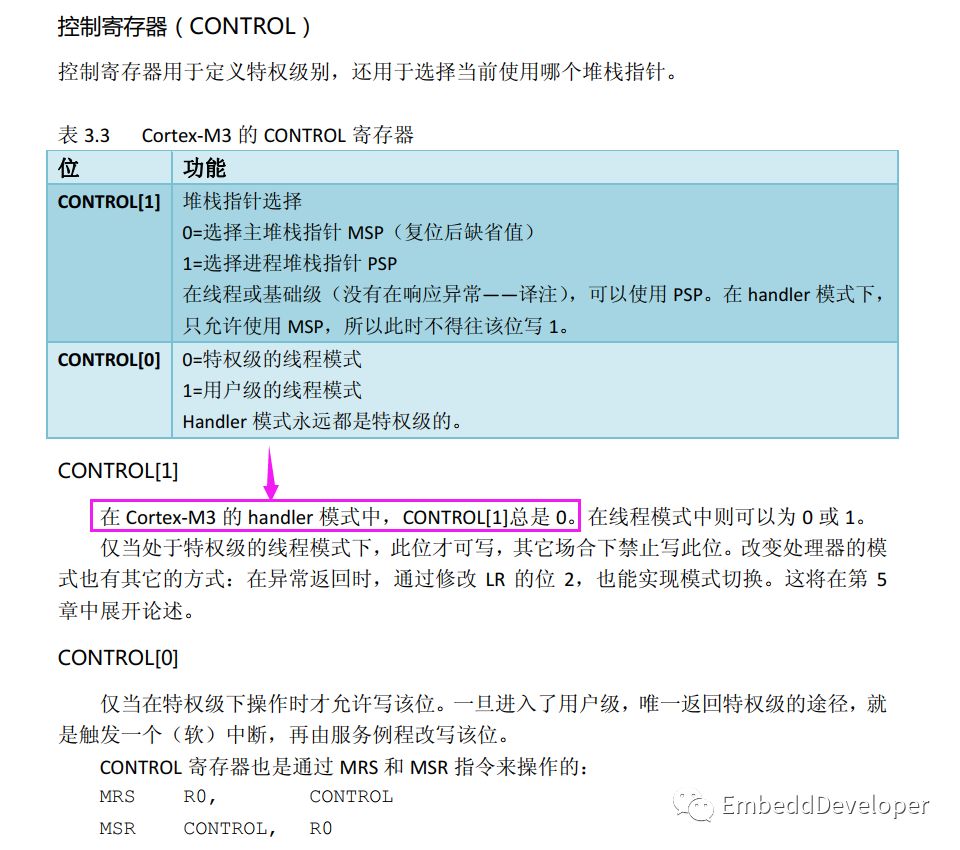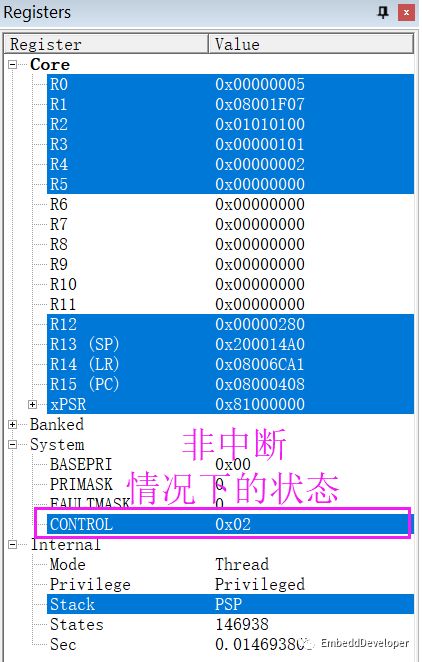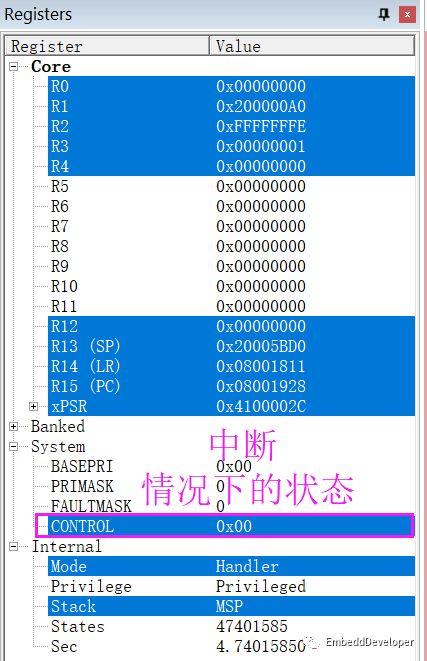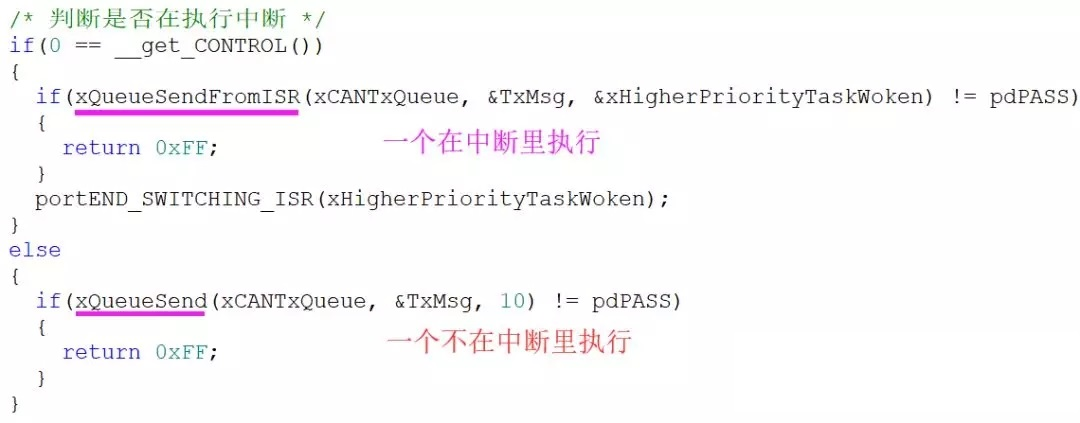Follow+Star Public Account, don’t miss wonderful content

Author | strongerHuang
WeChat Official Account | Embedded Column
Today, I want to share some knowledge I encountered while debugging code: the usage of __get_CONTROL, and the differences between xQueueSend and xQueueSendFromISR;
1
Source of the Problem
I previously ported some code written by others on the FreeRTOS system. After carefully reviewing the source code before the porting, confirming there were no issues, I compiled, downloaded, and ran it, only to suddenly find it “frozen”······

2
Process of Solving the Problem
I solved the problem by following a conventional thought process, tracking step by step. Many issues are actually similar in principle and can be traced.
1. Check what configASSERT does?
Tracking the code:
#define configASSERT( x ) if( ( x ) == 0 ) { taskDISABLE_INTERRUPTS(); for( ;; ); }2. Further Investigate the Problem
portDISABLE_INTERRUPTS(); uxCriticalNesting++; if( uxCriticalNesting == 1 )#define portNVIC_INT_CTRL_REG ( * ( ( volatile uint32_t * ) 0xe000ed04 ) )0xe000ed04? This address, as those familiar with NVIC would know, is the Interrupt Control State Register.
3. Identify the Problem Point

__ASM uint32_t __get_CONTROL(void)
{
mrs r0, control
bx lr
}4. Online Debugging, Analysis Conclusion
a. Value 0x02 in non-interrupt condition

b. Value 0x00 in interrupt condition

At this point, the problem has been identified as CONTROL.
3
Application of get_CONTROL
In general, in RTOS real-time operating systems, queues are often used to handle our data, which is commonly referred to as FIFO (First In, First Out).
For example: in the FreeRTOS system, to add data from UART to the queue, we add to the queue in interrupts and in non-interrupts. At this point, we need to use get_CONTROL to determine whether we are currently in an interrupt function.
Of course, there are many similar situations, such as CAN, I2C, SPI, and the same principle applies.
For example, sending data to the queue via CAN bus:

Reply ‘Cortex-M’ or ‘Microcontroller’ in the background to read more related articles.

Click “Read Original” to see more shares, and feel free to share, save, like, and view.